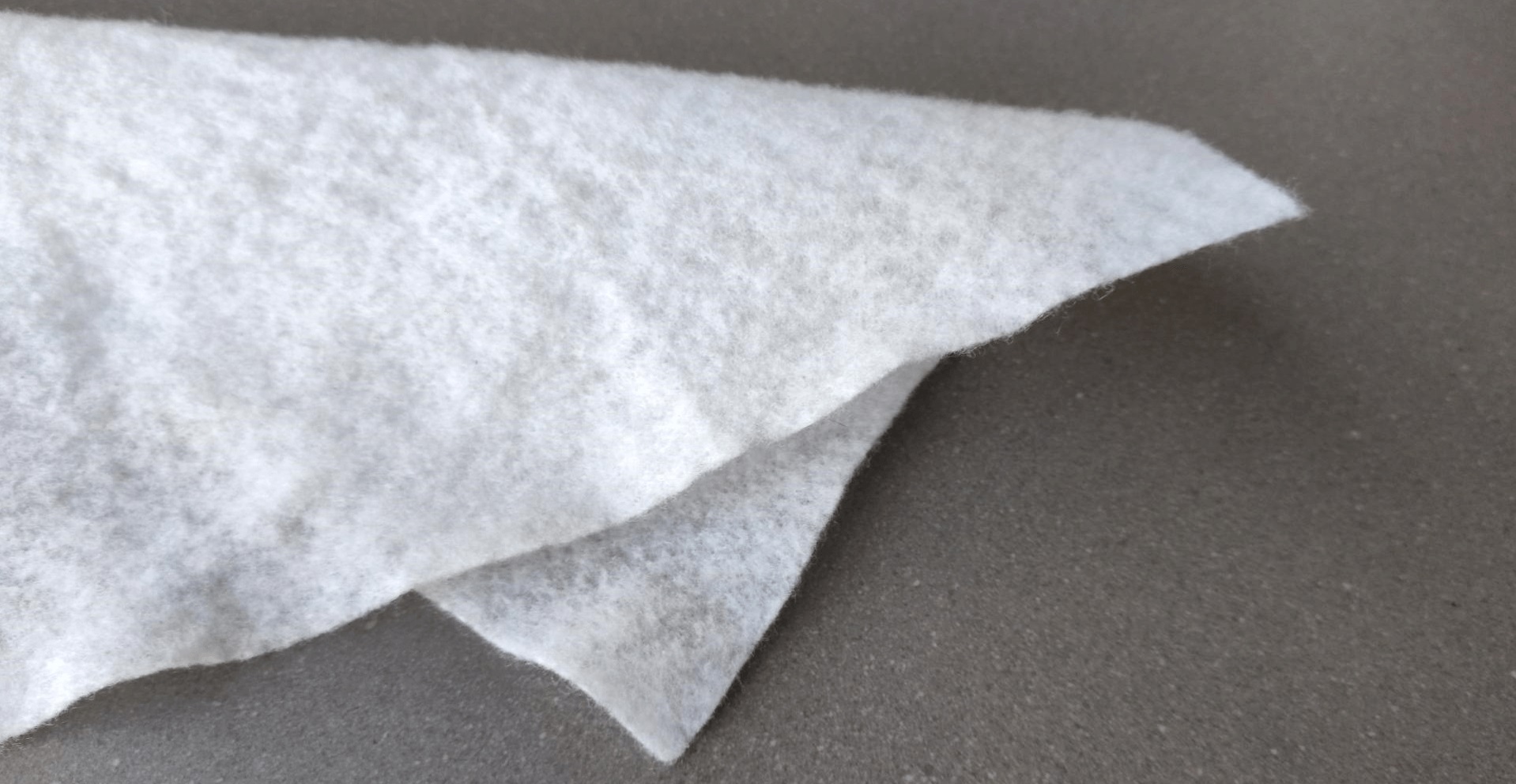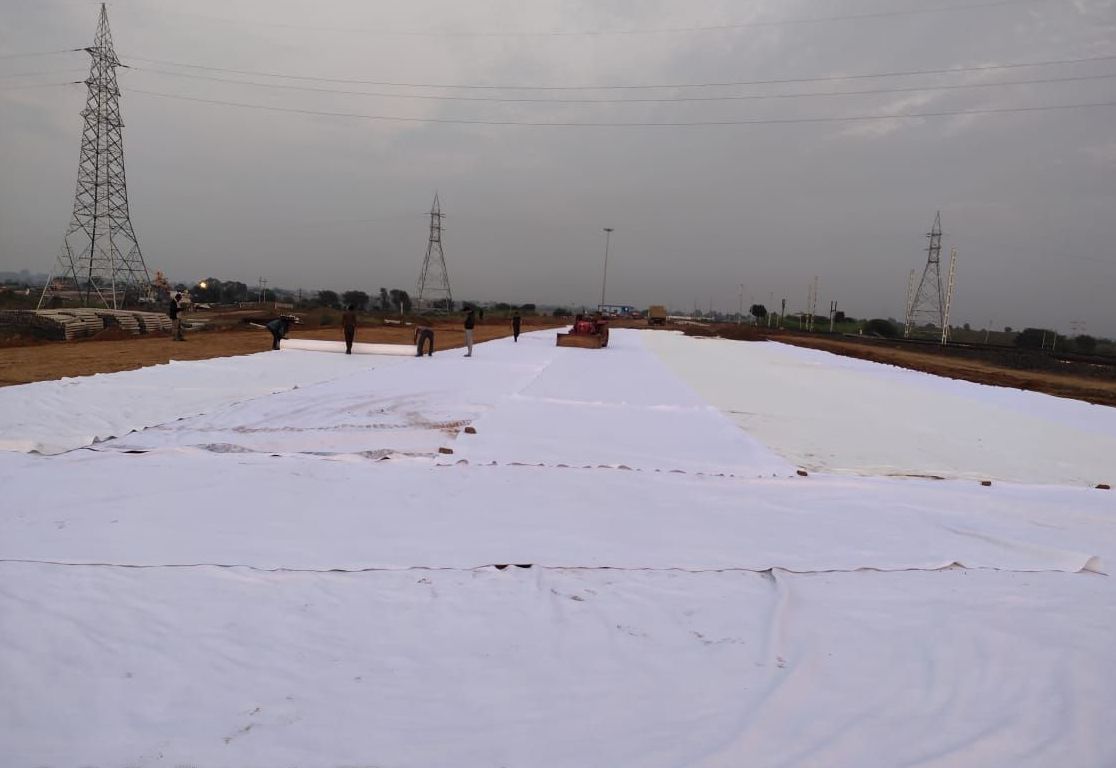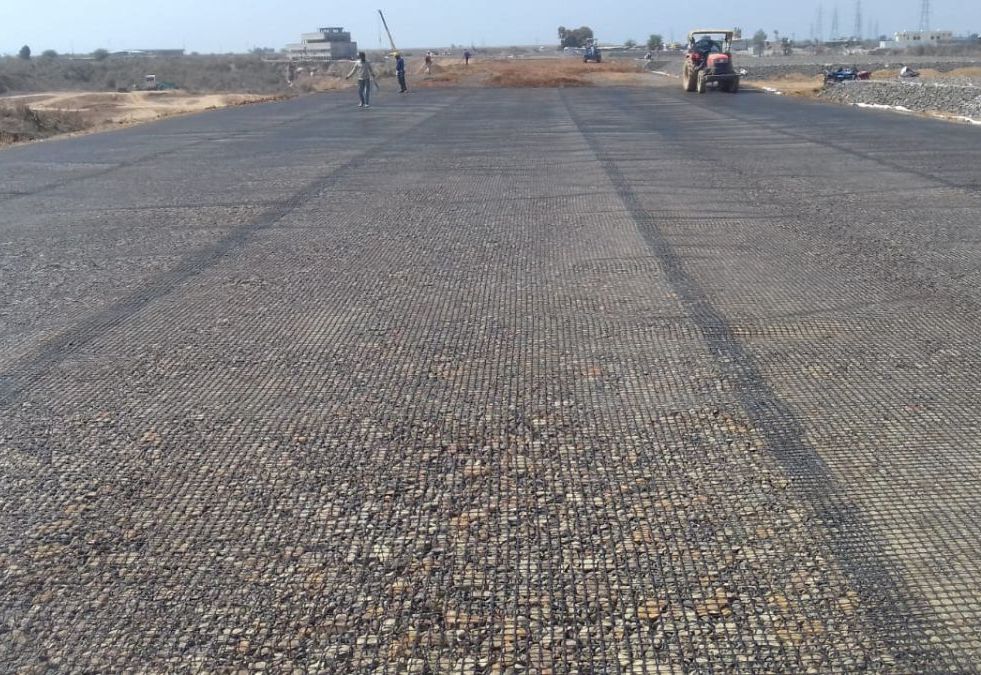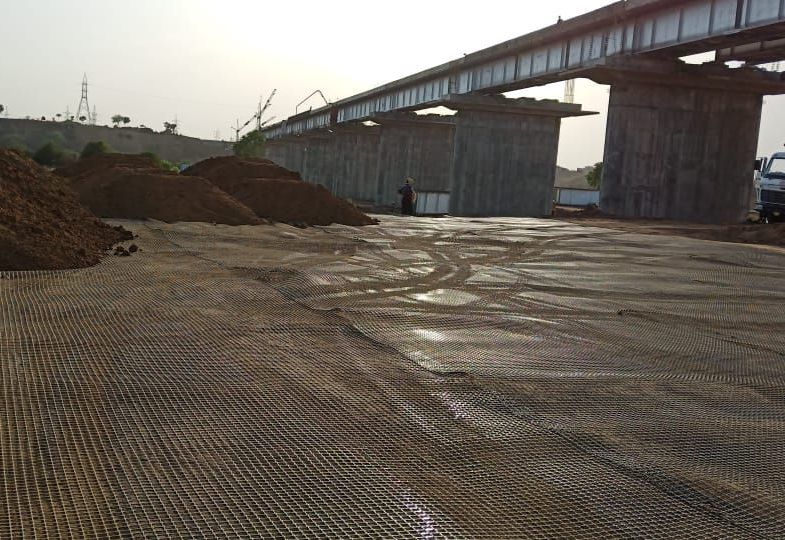Sub-grade Improvement
2019
GADARWARA - NARSINGHPUR, MADHYA PRADESH - India
NTPC Limited
SRC Company Infra Pvt. Ltd.
Konkan Railway Corp Ltd.
NTPC SIDING-GADARWARA PROJECT– BLANKET THICKNESS REDUCTION
Problem
The Gadarwara railway station is approx. 20 km from NTPC site. NTPC constructed the Gadarwara railway siding line for transporting coal to their plant. For this railway siding work, the blanket (subballast) material was not available in the Gadrwara area and transportation of blanket material from outside area was not an economical option. This devoid of blanket material was major concern of project. Also, mining has been banned in our country due to environmental issues, so it had become difficult to get quantity for blanket for formation construction. Apart from unavailability of blanketing material, another concern of this project was the inadequacy of good subgrade material. The subgrade material was of SQ1 type which had fines content of more than 50%. Considering these aspects of project, biaxial extruded polypropylene geogrid MacGrid EG and non-woven geotextile solution MacTex N was proposed for strengthening the formation.
Solution
Use of geosynthetics solution improves the performance of formation layer, which plays an important role for good performance of track. Also, it helps for running traffic to its full potential. Based on this aspect the geogrid and geotextile was selected. Extruded biaxial polypropylene geogrid and geotextile are being commonly used for enhancing the performance of track. Biaxial Extruded PP Geogrid of 30kN/m tensile strength in MD & CMD with mesh aperture size of 38mm X 38mm at the middle of blanket layer was given for reducing blanket thickness from 1m to 0.4m. Non-woven geotextile at the blanket & subgrade interface was provided for the purpose of separation, filtration and better performance of the track substructure system as whole. Due to use of MacGrid EG 30S, the substantial amount of saving in blanket material was achieved. Construction time period was reduced significantly because of quick installation geogrid and geotextile. Geogrids stabilize the track bed layers by improving lateral confinement, by improving bearing capacity, increasing resilient modulus and by decreasing differential settlements. RDSO guidelines recommend the use of extruded geogrids for reducing the blanket layer thickness.
Used Products





